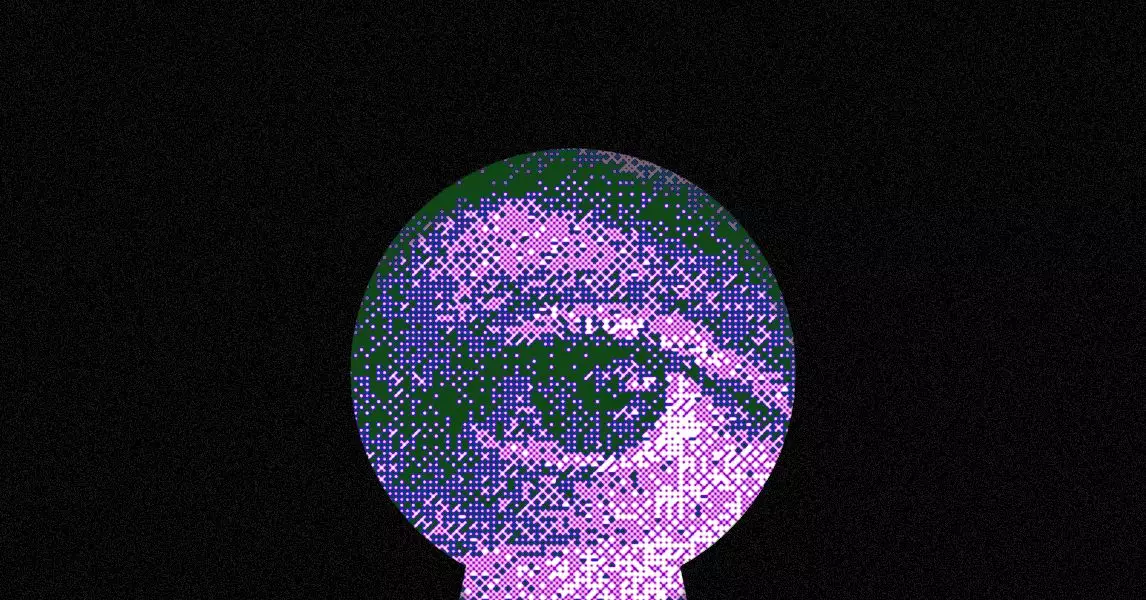The rapidly evolving field of artificial intelligence is recognizing a significant triumph—the capability of AI models to excel in software engineering tasks, particularly in identifying software vulnerabilities. Recent studies conducted by a team at UC Berkeley reveal an impressive leap in performance of AI systems as they tackle the increasingly complex realm of cybersecurity. They evaluated these latest models against a robust dataset, scrutinizing 188 large open-source codebases with the help of a benchmark aptly named CyberGym. The research team’s findings unveiled that these sophisticated AI agents were not just adept at spotting defects in existing code but were astonishingly capable of discovering new vulnerabilities, including 15 that were previously unknown—a testament to the promising synergy between cutting-edge AI technology and the urgent need for robust cybersecurity measures.
Bugs and Breakthroughs: The Human-AI Collaboration
Under the direction of Professor Dawn Song, the initiative from UC Berkeley examines a critical confluence of human intellect and artificial intelligence. The implications of their results are profound: AI models are on the verge of redefining the cybersecurity landscape. This transformation is not merely theoretical. Companies leveraging AI-driven tools are already witnessing remarkable efficacies in bug detection. For instance, Xbow, a nascent startup, has climbed the ranks of HackerOne’s leaderboard by employing AI algorithms specifically designed for bug-hunting. Their recent funding round, which amassed a staggering $75 million, is indicative of the high stakes and promising future of integrating AI into cybersecurity efforts.
Professor Song emphasizes that we are at a pivotal moment in this ongoing evolution. The capability of AI models to automatically discover and exploit vulnerabilities—once the exclusive domain of highly specialized human experts—signals a seismic shift in the mechanics of software security. Despite the promise, this presents a double-edged sword. As organizations gain access to tools that can protect their systems, so too do malicious actors now have a powerful ally in AI.
The Race Against Time: Zero-Day Vulnerabilities
The discovery of zero-day vulnerabilities—flaws in software that are unknown to the vendor and can be exploited by hackers—poses an escalating threat to digital security. The Berkeley team conducted exhaustive trials using frontier AI models from prominent technology powerhouses like OpenAI and Google, among others, demonstrating that AI could not only replicate existing methods of flaw detection but could also conceive new proof-of-concept exploits driven by its analytical prowess. This pivotal research draws attention to the growing concerns about the cat-and-mouse dynamic between cybersecurity advancements and the emergence of threats that outpace traditional defense mechanisms.
While the newfound potential of AI in spotting vulnerabilities is inspiring, it also raises serious concerns about its implications in the wrong hands. Professionals in cybersecurity, such as Sean Heelan, leveraging OpenAI’s advanced reasoning model, have already demonstrated that AI can assist in discovering critical vulnerabilities in systems like the Linux kernel, while similar breakthroughs have emerged from Google’s Project Zero. The duality of these advancements serves to highlight just how imperative it becomes for organizations to fortify their defenses as the capabilities of AI grow increasingly sophisticated.
Cautionary Signals: Acknowledging Limitations
Despite these advancements, it is crucial to temper enthusiasm with a clear-eyed view of the limitations inherent in today’s AI systems. The same studies that showcase successful discoveries also reveal that these technologies struggled with more intricate flaws, thus highlighting the need for continued human oversight. It is evident that we are far from achieving the ideal of fully autonomous cybersecurity solutions. Effective strategies will continue to require a blend of human ingenuity and AI support, reinforcing the notion that while AI can enhance our capabilities, it should not replace the critical analysis and expertise that seasoned professionals bring to the cybersecurity table.
As we stand on the precipice of an AI-driven future, it remains paramount for the cybersecurity industry to navigate this landscape thoughtfully. The fusion of machine learning, software engineering, and cybersecurity offers tantalizing prospects, yet the uneven terrain of existing vulnerabilities presents significant risk. The challenge lies not only in harnessing these technologies effectively but also in proactively preventing their potential misuse. The outcome of this dance between innovation and caution will likely shape the future of cybersecurity as we know it.

